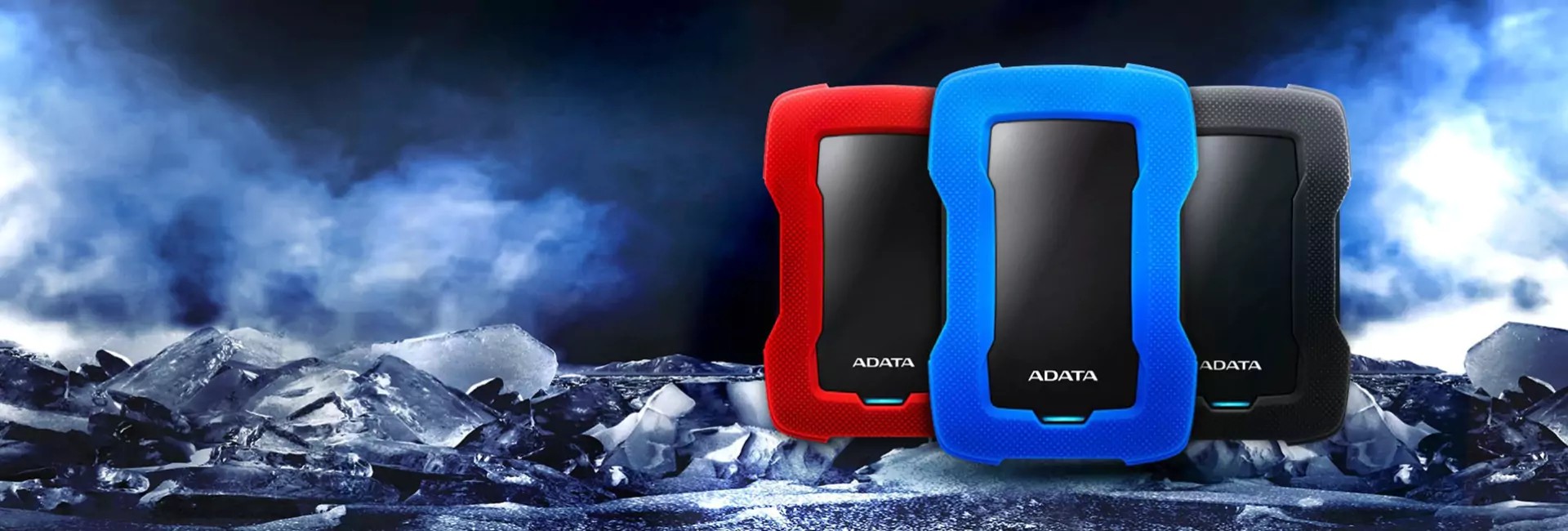
Product categories
- Components 0
- Consumer Electronic Accessories 0
- Cable 0
- Charger 0
- Docking Station 0
- Power bank 0
- Monitors 0
- Peripheral 0
- Storage 1
- DRAM 0
- Flash Memory 0
- HDD 0
- Memory Card 0
- SSD 0
HDD
A hard drive, also known as a Hard Disk Drive (HDD), is a mechanical data storage device that uses rotating magnetic platters to store and retrieve digital information. It has been a standard storage solution for computers for decades due to its large storage capacity and relatively low cost. HDDs consist of spinning platters, read/write heads, and an actuator arm that moves the heads across the platters to access data.
There are several types of hard drives, each suited for different applications:
1. Internal Hard Drives: These are installed directly inside a computer or laptop and are commonly used for system storage. They are connected to the motherboard via a cable (like SATA or IDE) and are typically found in desktops or traditional laptops.
2. External Hard Drives: These are portable drives that connect to a computer through USB, Thunderbolt, or eSATA ports. External hard drives are commonly used for backup, additional storage, or transferring large amounts of data between systems.
3. Hybrid Drives (SSHD): A hybrid hard drive combines the storage of an HDD with a solid-state drive (SSD) component. The SSD cache is used to store frequently accessed data, which improves overall performance compared to a traditional HDD, though it doesn’t reach the speed of a pure SSD.
4. Enterprise Hard Drives: These are high-performance, high-capacity HDDs designed for use in data centers or servers. They are optimized for reliability, endurance, and speed, supporting 24/7 operations in demanding environments. These drives are often more expensive than consumer-grade HDDs.
5. NAS (Network Attached Storage) Drives: These are hard drives specifically designed for use in NAS devices. NAS drives are meant for data sharing across multiple computers or users in a network, often used in businesses or home server setups. They are built to handle constant, simultaneous read/write operations.
6. Portable Hard Drives: These are smaller and more compact external drives, commonly used for mobile storage needs. They are especially convenient for people who need to store and transfer data on the go.
While hard drives remain an essential part of computing infrastructure, SSDs (Solid-State Drives) are increasingly becoming more popular due to their faster speeds and greater reliability, though they tend to be more expensive per gigabyte. Still, HDDs continue to offer significant advantages in terms of storage capacity and cost-effectiveness for large data needs.
HDD
A hard drive, also known as a Hard Disk Drive (HDD), is a mechanical data storage device that uses rotating magnetic platters to store and retrieve digital information. It has been a standard storage solution for computers for decades due to its large storage capacity and relatively low cost. HDDs consist of spinning platters, read/write heads, and an actuator arm that moves the heads across the platters to access data.
There are several types of hard drives, each suited for different applications:
1. Internal Hard Drives: These are installed directly inside a computer or laptop and are commonly used for system storage. They are connected to the motherboard via a cable (like SATA or IDE) and are typically found in desktops or traditional laptops.
2. External Hard Drives: These are portable drives that connect to a computer through USB, Thunderbolt, or eSATA ports. External hard drives are commonly used for backup, additional storage, or transferring large amounts of data between systems.
3. Hybrid Drives (SSHD): A hybrid hard drive combines the storage of an HDD with a solid-state drive (SSD) component. The SSD cache is used to store frequently accessed data, which improves overall performance compared to a traditional HDD, though it doesn’t reach the speed of a pure SSD.
4. Enterprise Hard Drives: These are high-performance, high-capacity HDDs designed for use in data centers or servers. They are optimized for reliability, endurance, and speed, supporting 24/7 operations in demanding environments. These drives are often more expensive than consumer-grade HDDs.
5. NAS (Network Attached Storage) Drives: These are hard drives specifically designed for use in NAS devices. NAS drives are meant for data sharing across multiple computers or users in a network, often used in businesses or home server setups. They are built to handle constant, simultaneous read/write operations.
6. Portable Hard Drives: These are smaller and more compact external drives, commonly used for mobile storage needs. They are especially convenient for people who need to store and transfer data on the go.
While hard drives remain an essential part of computing infrastructure, SSDs (Solid-State Drives) are increasingly becoming more popular due to their faster speeds and greater reliability, though they tend to be more expensive per gigabyte. Still, HDDs continue to offer significant advantages in terms of storage capacity and cost-effectiveness for large data needs.

